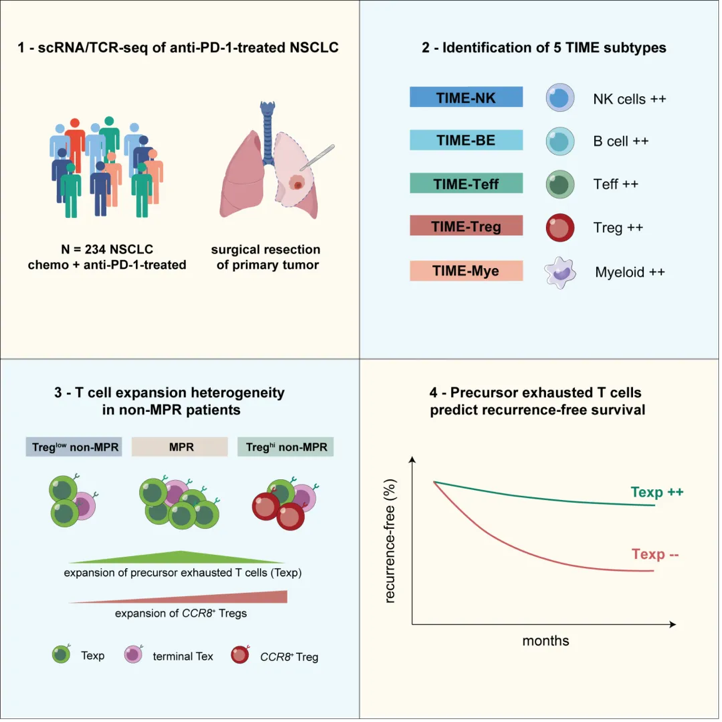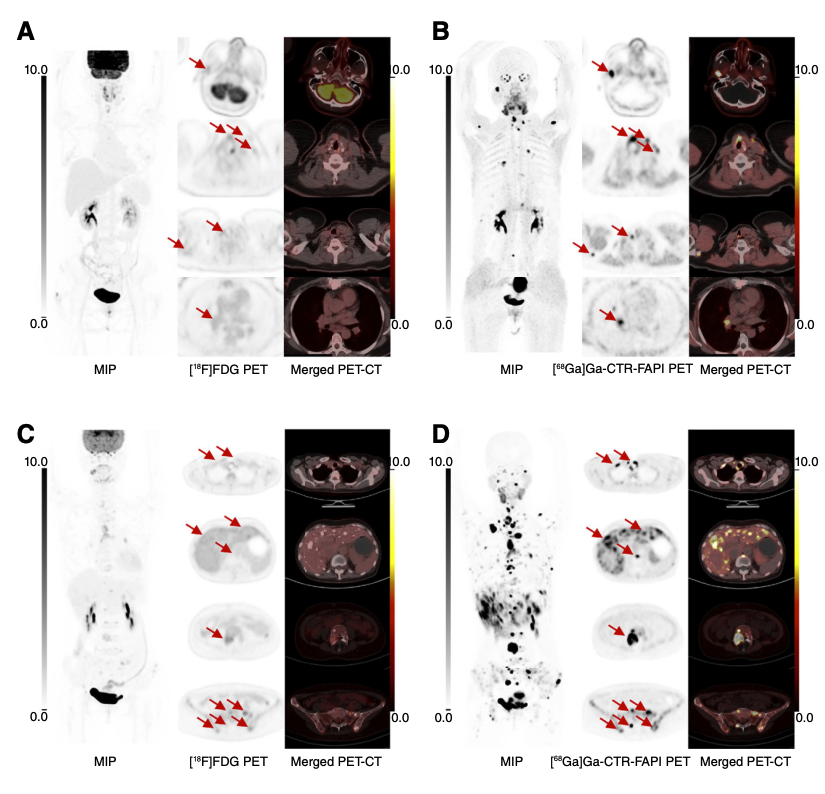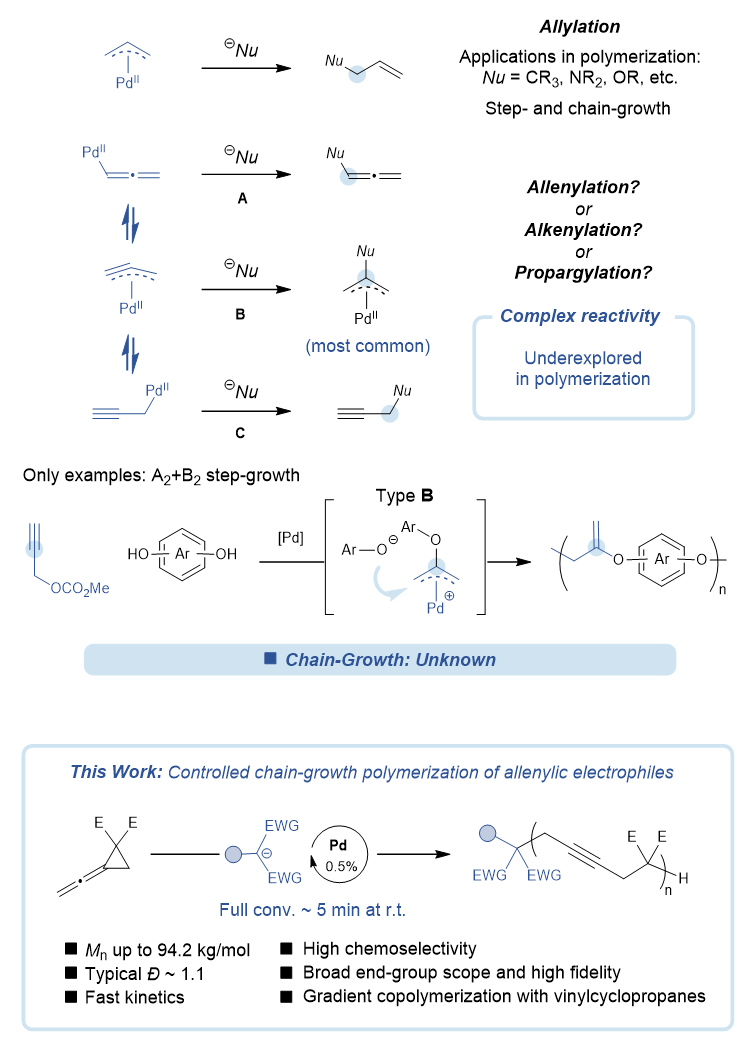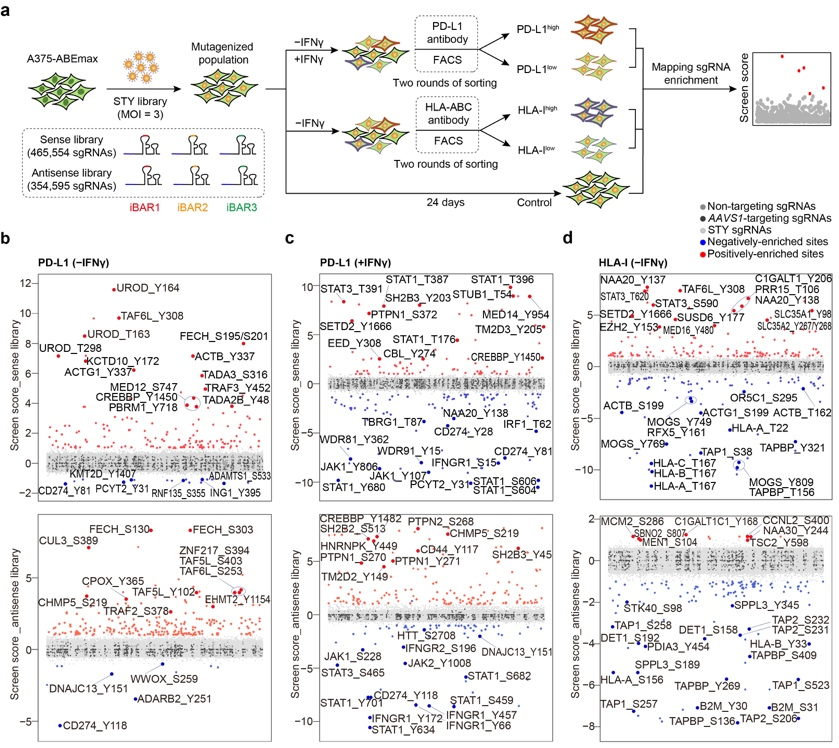Research Updates from PKU: Shaping the Future of Cancer Diagnosis, Immunotherapy, and Polymer Chemistry
Apr 09, 2025
Peking University, April 09, 2025: Groundbreaking cancer immune variant screenings and a new controlled polymerization method could reshape how we approach treatment and material synthesis. Here are the latest breakthroughs.
1.Lung cancer remains one of the world’s deadliest diseases, often returning even after surgery. To address this challenge, a research team led by Zhang Zemin at Peking University’s Biomedical Pioneering Innovation Center (BPIC) used single-cell sequencing and discovered that lung tumors aren’t all the same inside. Crucially, the team identified a new predictor of relapse: low levels of T cell precursors, the early-stage immune cells that evolve into cancer-fighting T cells. This insight could help clinicians better assess relapse risk and personalize therapies. Their research was published in Cell on March 26, 2025.
Figure 1. Research design and key findings.
2.A team led by Liu Zhibo at the College of Chemistry and Molecular Engineering of Peking University has made an exciting breakthrough in the fight against medullary thyroid carcinoma (MTC), a rare and aggressive form of thyroid cancer. Their research, published in Cancer Discovery, focused on a new imaging method called 68Ga-CTR-FAPI PET-CT, which can detect cancerous lesions with much higher accuracy than the traditional imaging technique, increasing the detection rate from 66% to 98%. This new technique can help doctors make more accurate treatment decisions, with 32% of patients adjusting their treatment plans and 66.7% changing their surgery strategies based on the results.
Figure 2. Examples of [18F]FDG PET-CT and [68Ga]Ga-CTR-FAPI PET-CT in patients with MTC.
3.A research team led by Zhu Rong at the College of Chemistry and Molecular Engineering of Peking University developed a new technique to rapidly produce high-quality polymers, opening up new possibilities for creating stronger materials ranging from plastics to coating. Using a controlled polymerization method with vinylidenecyclopropane dicarboxylates (VDCPs), this new technique allows excellent control over the size and structure of polymers during production. The research was published in Nature Communications.
Figure 3. Catalytic controlled polymerization.
4.In an effort that has opened the door to more effective cancer treatment, Wei Wensheng and his team at the School of Life Sciences of Peking University established a huge data library that has unveiled thousands of novel cancer immune-related mutations that can significantly impact the therapeutic efficacy. Notably, they uncovered certain mutations that concurrently modulate PD-L1 and HLA-I expression — proteins that help regulate the immune system — a discovery that can enhance efficacy of immunotherapy in different tumor models. Their research was recently published in Signal Transduction and Targeted Therapy.
Figure 4. High-throughput screening based on the ABEmax system to identify functional sites regulating PD-L1 and HLA-I expression.
Written by: Akaash Babar
Edited by: Chen Shizhuo



